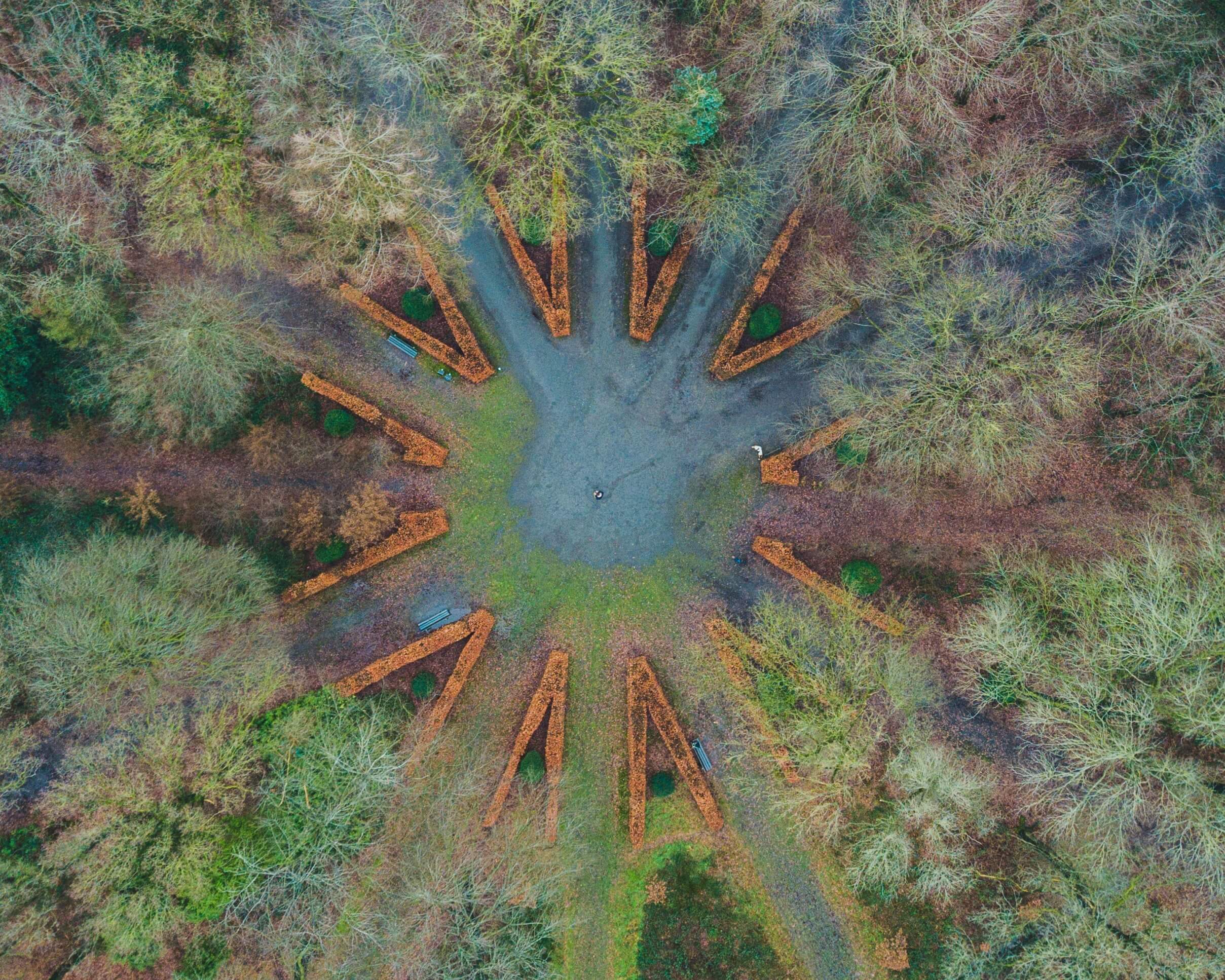Intersectionality and Mission Clarity are Key for SciComm Training Organizations
Across science communication training organizations, we routinely emphasize two things: Know your audience and know your goal. In this way, the scientists and researchers we train can better prepare for successful, positive engagements with others.
A recent paper, “Bridging Science with Society: Defining Pathways for Engagement,” published in Communication Center Journal, highlights the importance of these two tenets for our communication organizations as well.
The field of science communication is growing. Scientists and organizations that provide science communication training alike are looking to expand engagement across communities and social contexts. While there are core competencies that science communicators need, regardless of the environment in which they are working, the paper’s authors suggest that communication training organizations can also provide additional training for particular areas where society and science intersect, such as policy making or after-school STEM programs for girls. Approaching science communication training as a system and looking for areas where training organizations can specialize would help to ensure that scientists can explore specific areas of interest within science communication that meet their needs without creating unnecessary redundancies.
By considering these systems and their constraints, organizations that provide science communication training can design targeted programs that foster successful engagement and shared meaning-making, whether it be engagement with policymakers, the general public, or the K-12 educational setting.
Ensuring that we have alignment across the landscape of training organizations would empower scientists to choose which training organization(s) they need to work with to help them achieve their goals.
Before choosing an area of focus, training organizations should take into consideration their own staff members’ areas of expertise and professional backgrounds, and be prepared to provide scientists with meaningful opportunities to learn about a community in advance.
For example, an organization whose staff members include former reporters and policymakers could use that experience to devise programming that helps scientists engage in the political arena. Staff could draw on their own personal and professional networks to strengthen the programming, allowing scientists to more fully immerse themselves into their target audience’s systems and reality. Such programming is most effective, the paper’s authors suggest, if it also helps scientists to consider the contexts in which politicians operate: constantly pressed for time, absorbed in the concerns and needs of their constituents, and considering a decision’s impact on re-election prospects.
By the same token, such an organization would likely be ill-positioned to offer programs designed to encourage school-age children to explore science. Those engagements are best left to communication centers with connections to K-12 education, and a broad and deep understanding of school hierarchies, curricula and similar constraints.
As the communications manager of the Alan Alda Center for Communicating Science at Stony Brook University, I would add that such distinctions empower our different organizations to build strong and separate identities in this critical field, and help us to build meaningful partnerships with each other to support and empower scientists.
The paper was authored by: Brenda MacArthur, professor of practice at the Alda Center; Laura Lindenfeld, executive director at the Alda Center; Elyse Aurbach, public engagement lead at the University of Michigan’s Center for Academic Innovation and board member of the SciComm Trainers Network; Bronwyn Bevan, senior research scientist at the University of Washington; and Todd Newman, assistant professor in the Department of Life Sciences Communication at the University of Wisconsin-Madison.


